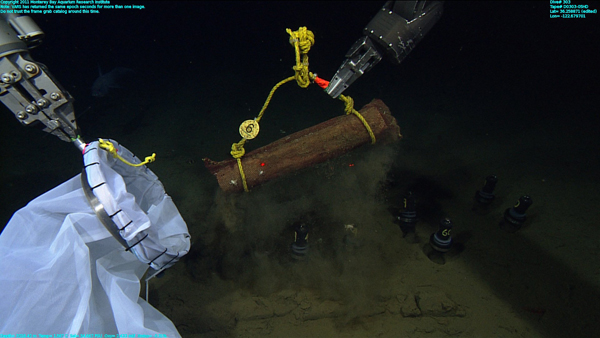 I wooden dream of having a post full of wood puns. On the other hand my alder ego often gets the best of me and I may have to cherry pick a few. I am participating in the new round of SciFund Challenge. I am hoping yew (I can’t help myself) will help me support some research on wood falls. Details will be coming soon about how you can contribute! Fir now I have link roundup with my and my collaborator’s recent posts on this cool research.
I wooden dream of having a post full of wood puns. On the other hand my alder ego often gets the best of me and I may have to cherry pick a few. I am participating in the new round of SciFund Challenge. I am hoping yew (I can’t help myself) will help me support some research on wood falls. Details will be coming soon about how you can contribute! Fir now I have link roundup with my and my collaborator’s recent posts on this cool research.
- A Lonely Tree Far From Home Brings New Life to the Ocean Deep: A Narrative in Five Acts @DSN
- Some Echinoderms Will Never Grow Up @DSN
- Wood, It’s What’s For Dinner @DSN
- Wood from Land Feeds Deep Sea Life @DSN
- I Got Wood @DSN
- Making science out of chucking stuff in the sea @Eclectic Limpet
- Why land plants matter to deep-sea critters @Eclectic Limpet
Not to board you with more but below is a gallery of images that I think will spruce up the post. The photos are from wood falls nearly two miles deep on the Pacific seafloor and many are courtesy of the Monterey Bay Aquarium Research Institute. I hope I left you pining for more.




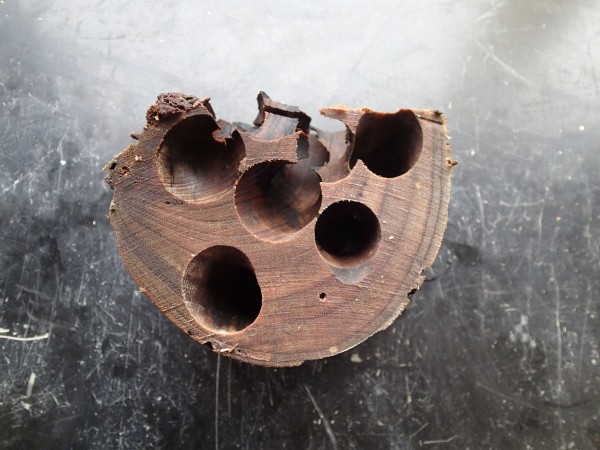
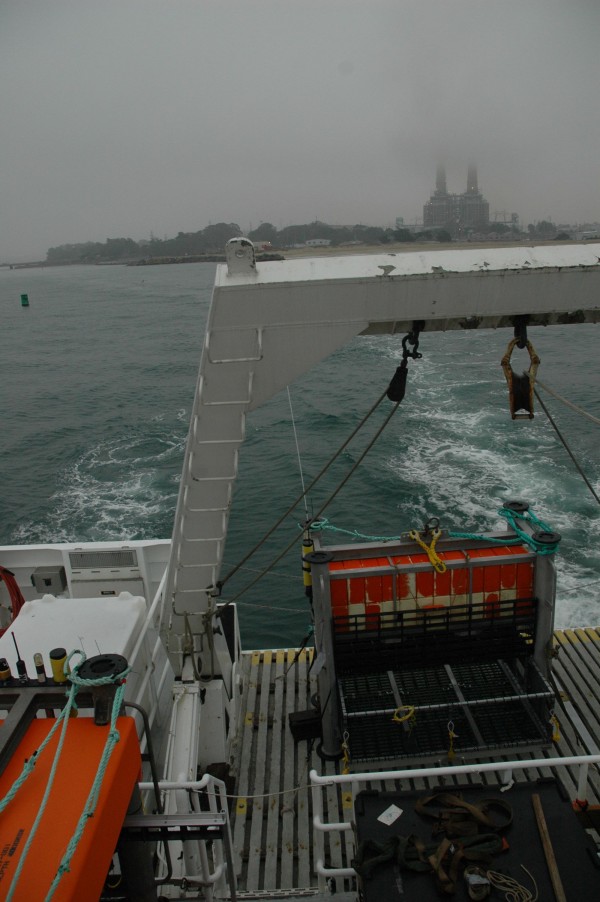
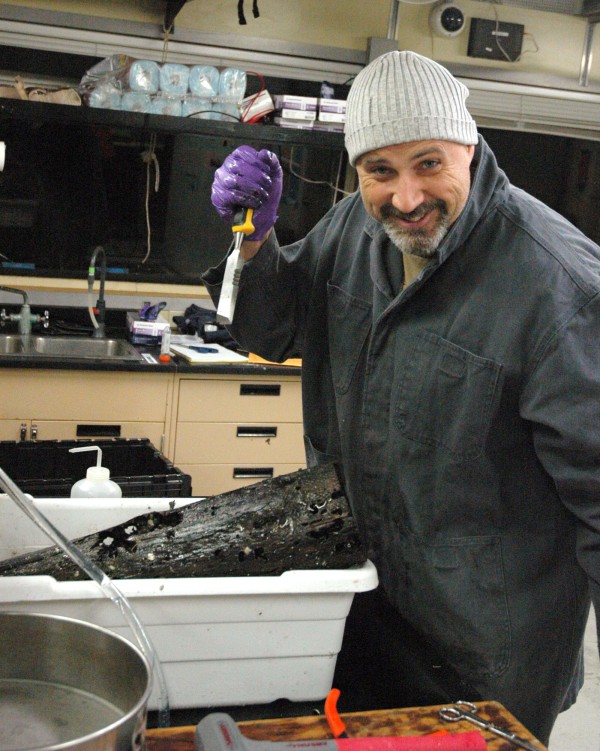

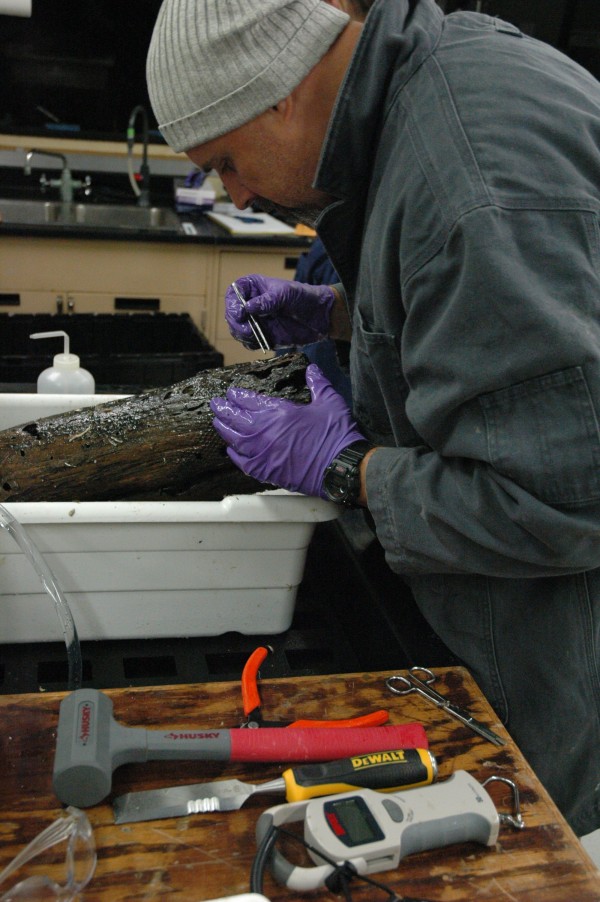
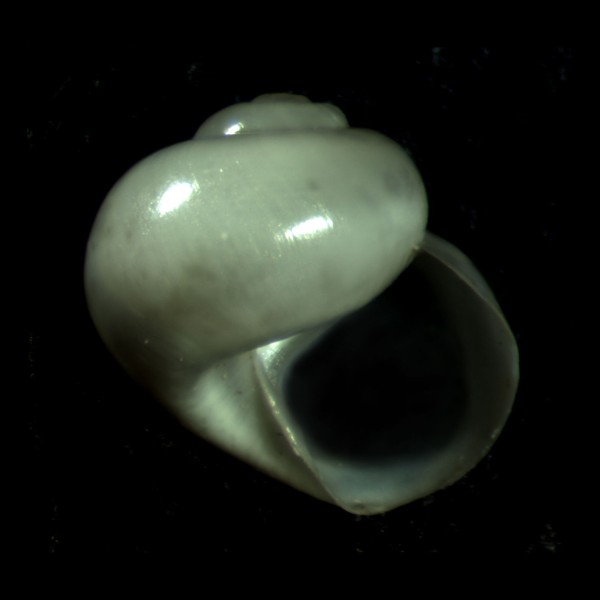


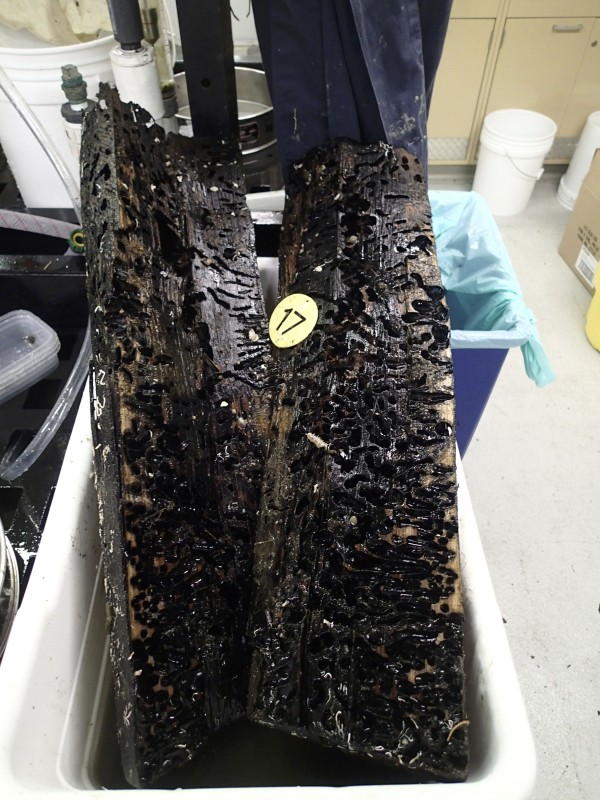
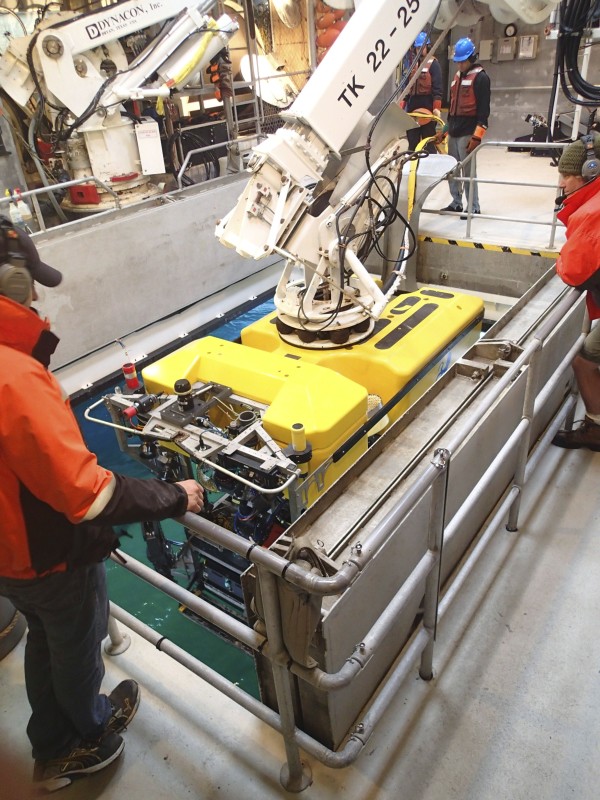







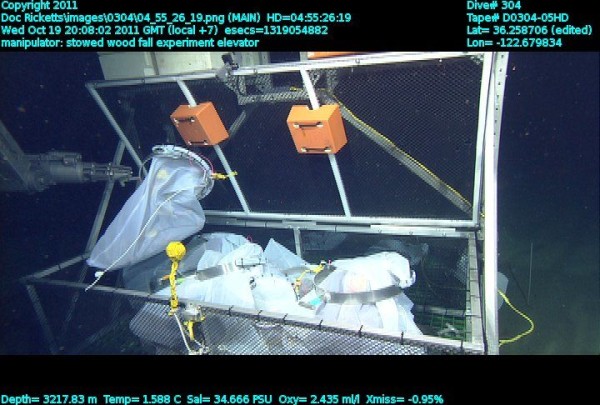

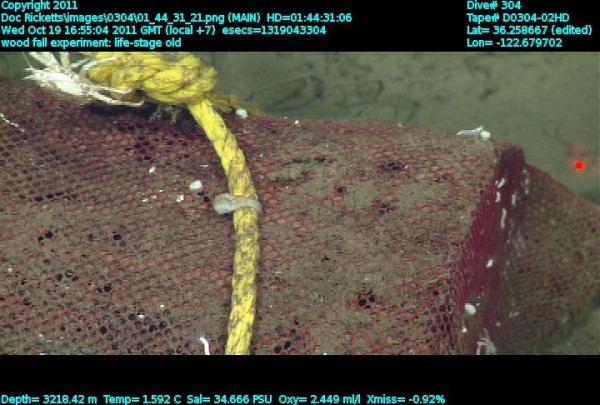

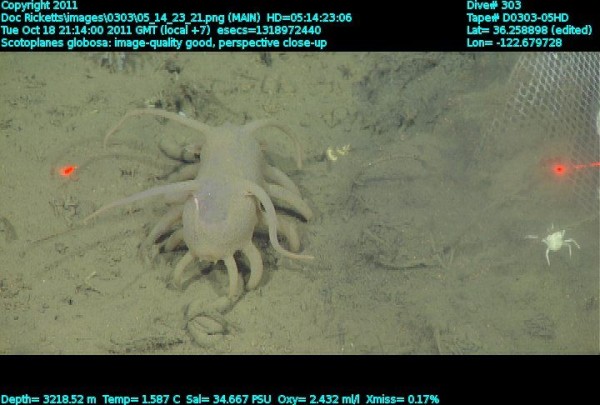
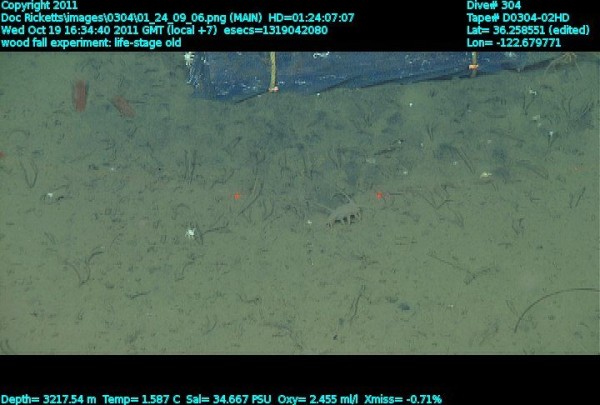




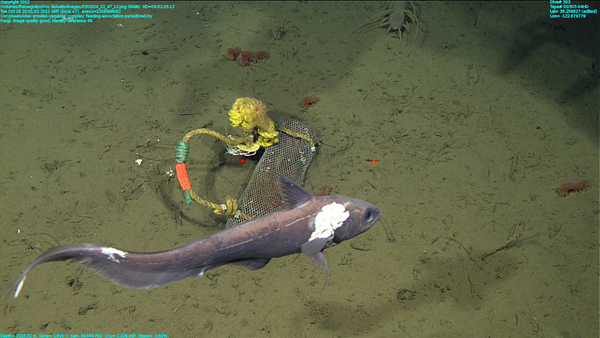
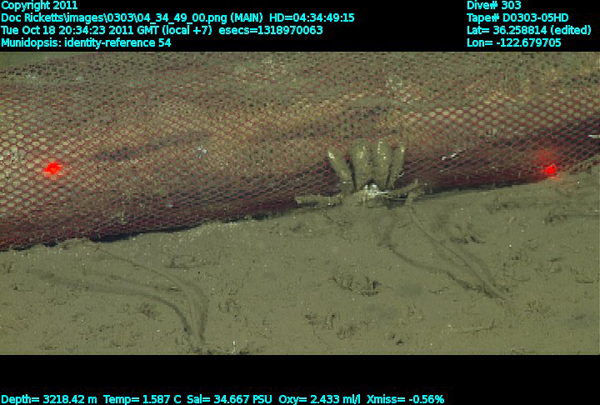
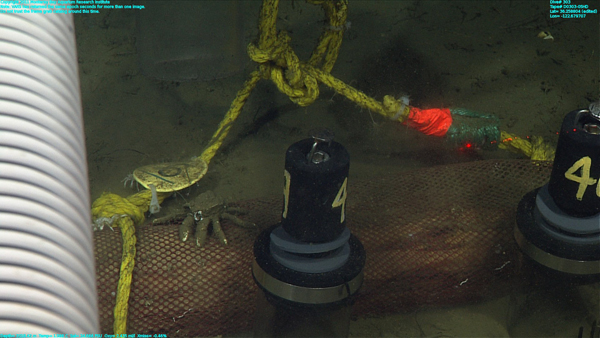

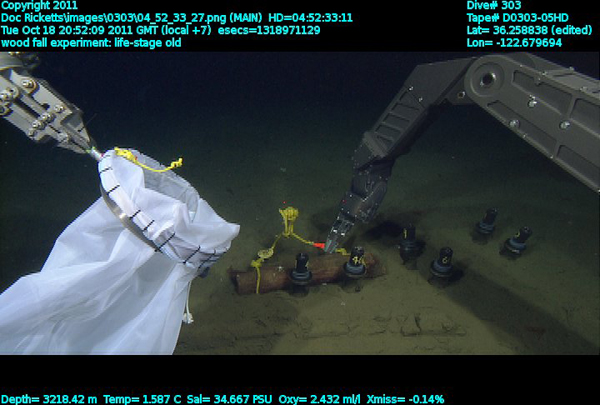

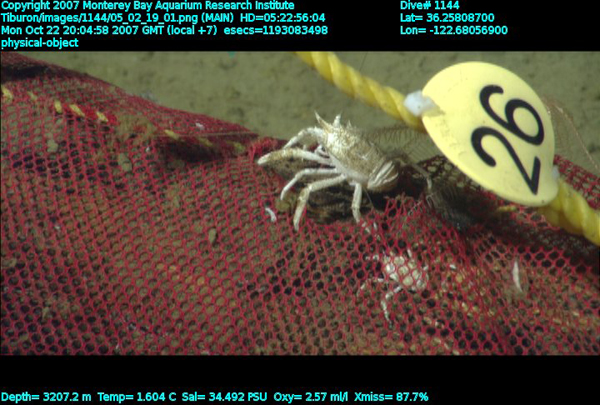
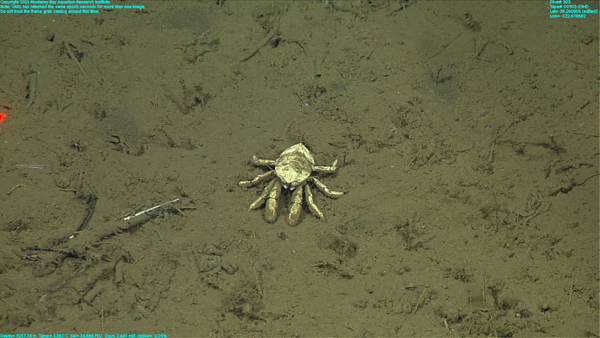
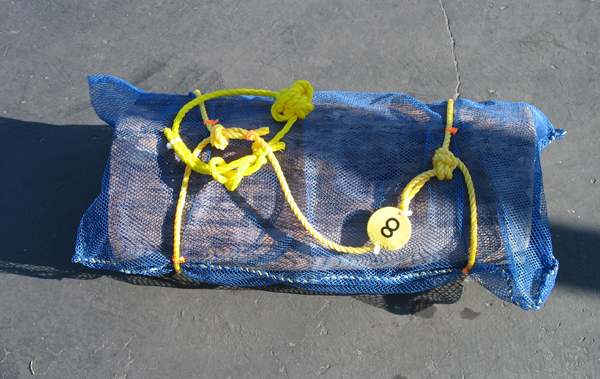


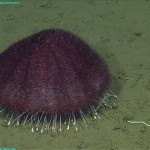
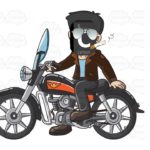
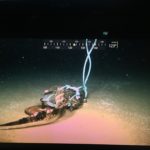
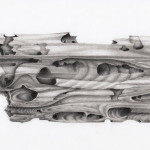
I oak you make it ;)
Silly question born from genuine curiosity: in the absence of wood, what do those wood boring bivalves eat?
Oh, stop your birching…
You have blown my mind with the awesomeness of those pics. Any Siboglinids?
Nice!
Not a silly question at all. Once a wood fall arrives to the deep-sea floor larvae settle it on it. The organisms live their entire life until death on the wood fall. However, we really don’t know much about the life cycles of the animals or the cycle of the community itself.
As of right now we have not seen anything that is recognizable as Siboglinid on the wood falls, but we are still in the process of sorting all the animals and identifying everything.
I’m sure you’re kicking the aspen of that research.
Between the comment here and on Twitter I it wood be prudent for me to leave the puns behind.
I just saw that Xylophaga concava in ¨Prometheus¨.
It wasn’t interested in wood though.